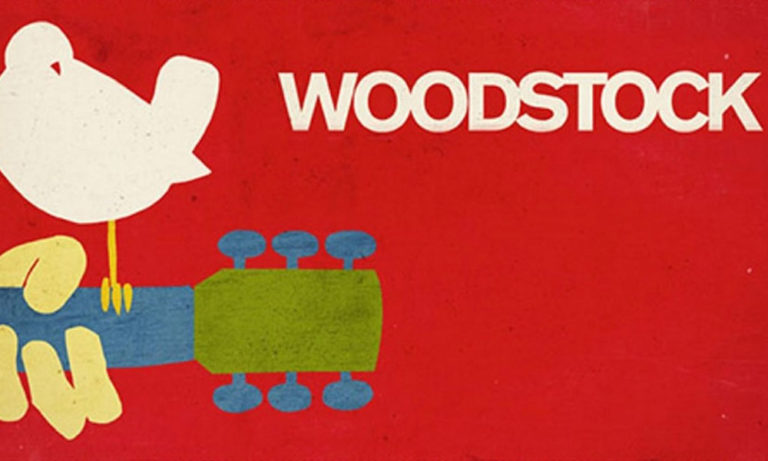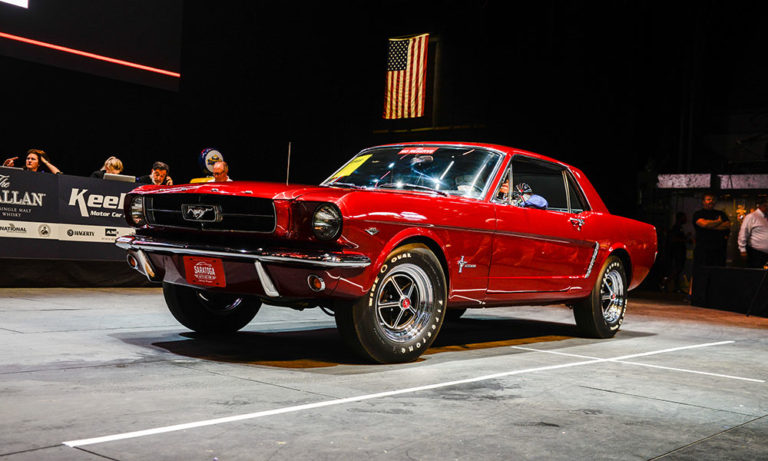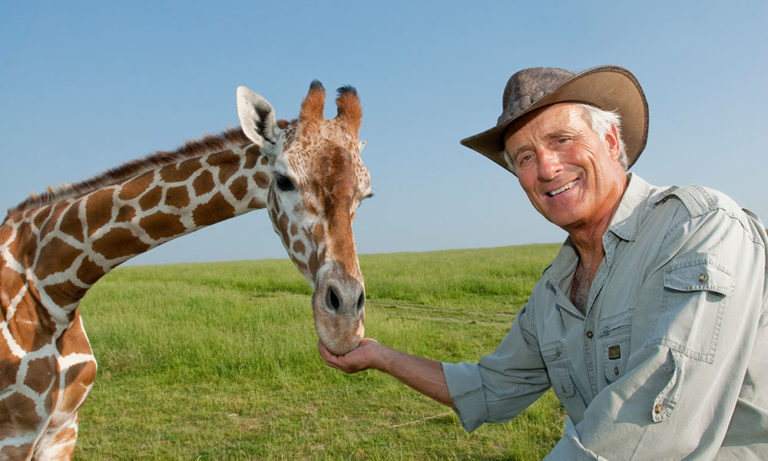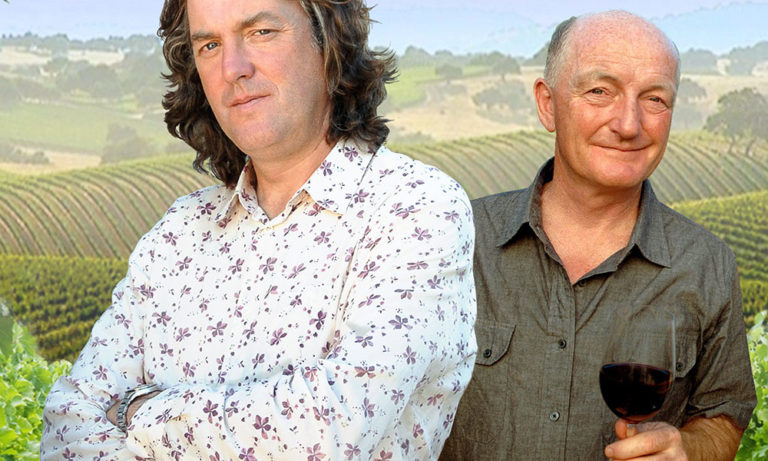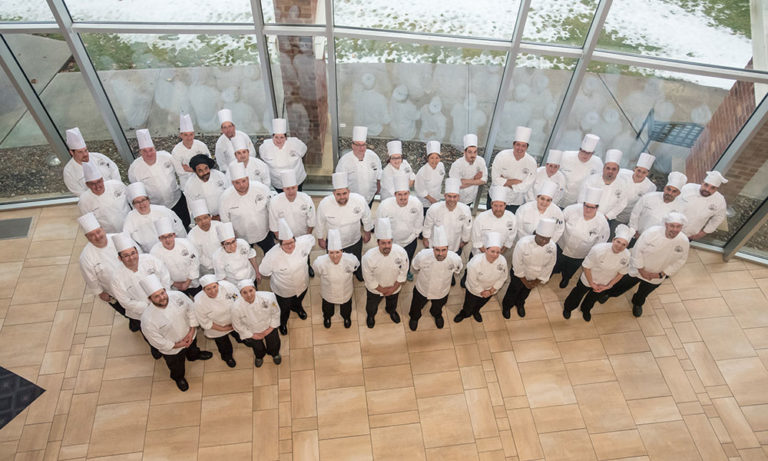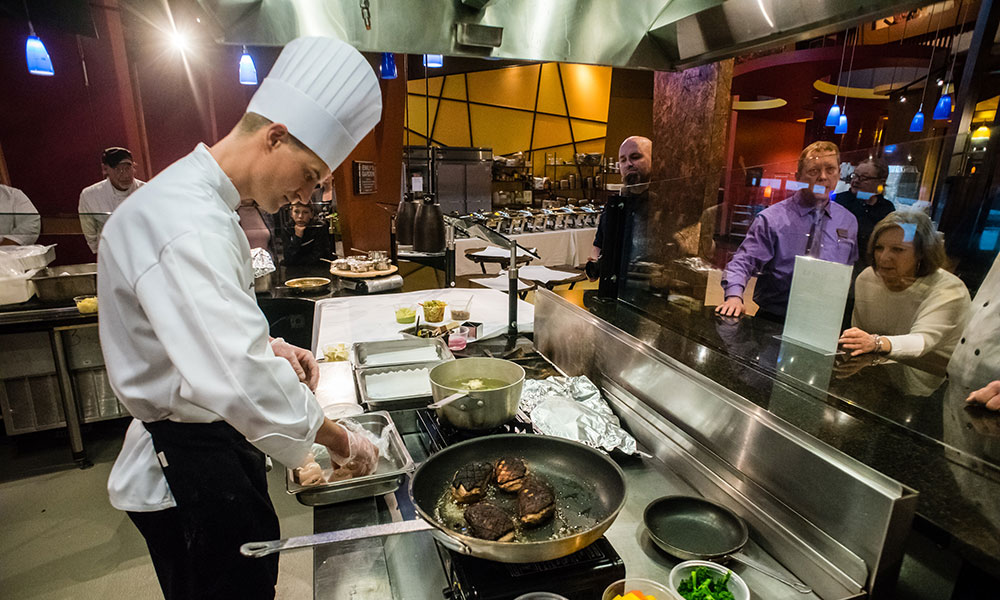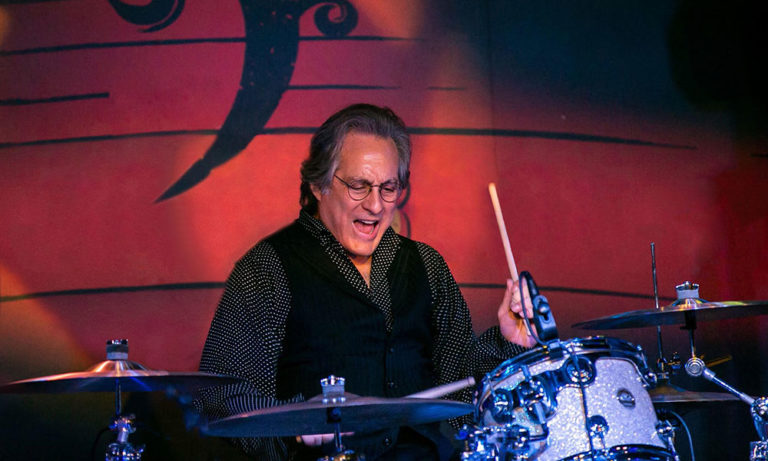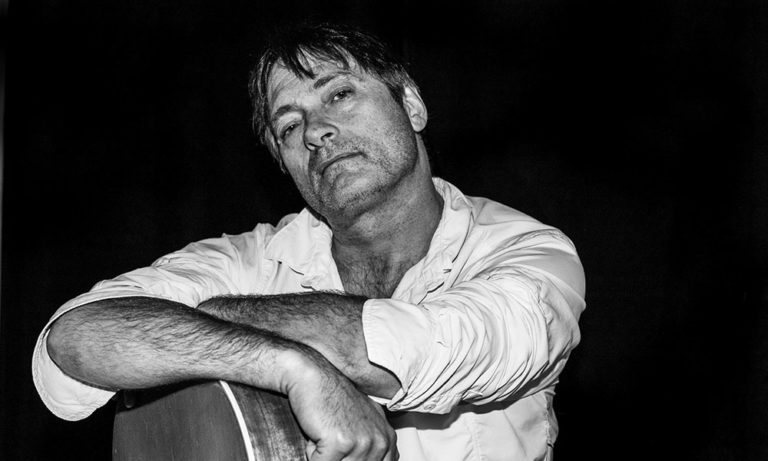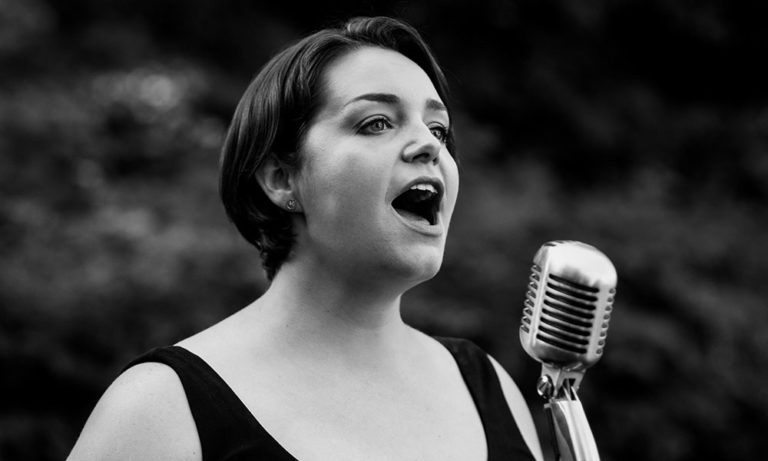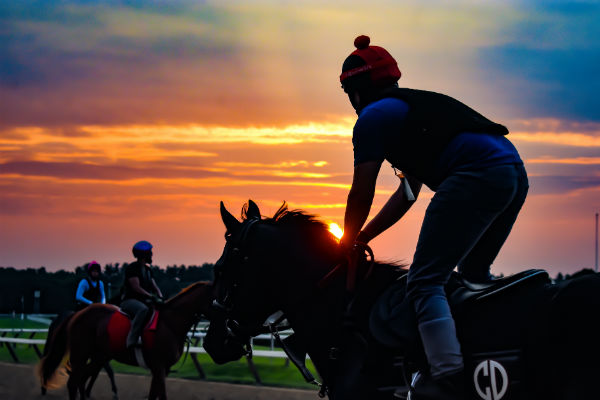Last December, as I was traveling home from vacation in Hawaii, my wife and I got stranded for several hours in Los Angeles’ LAX en route to New York City’s JFK airport. As you well know at this point, I’m a huge fan of pop culture and the cult of celebrity, so I’m always on the lookout for star sightings—especially at major hub city airports. LAX came through big that day. On my way to men’s room, I walked right by Paul Scheer, the comedian best known for portraying Andre on FX’s The League. Then, near our gate, I caught sight of Curtis Armstrong, a.k.a. “Booger” from Revenge Of The Nerds, who also played the principal on New Girl (a few episodes of which were directed by Saratoga native Josh Greenbaum, whom I’d written about in saratoga living‘s 20th Anniversary Issue). Armstrong sat down just a few feet away from us. I turned around to take a look at him, and there was Brad William Henke, a few rows away, who my wife tells me has been starring on Orange Is The New Black, but who I know best as Bram from L O S T (we had literally just gone on a comprehensive tour of the show’s production sets in Oahu a week or so beforehand).
When our flight finally started boarding, yet more stars came out of the woodwork. Queuing up for first class was Courtney Love of Hole and The People vs. Larry Flynt fame, with a guy whom I believe was the lead singer of indie band …And You Will Know Us By The Trail Of Dead, Conrad Keely (I can neither confirm nor deny).
The final LAX cameo, though, was my favorite, likely because no one within an inch of him knew who he was except for me. That was Michael Lang, the legendary concert promoter, who co-created the original Woodstock Music & Art Festival in 1969. The guy’s walking music history! What a last-minute present from the celebrity-sighting gods!
Well, it’s entirely possible that Lang was shipping off to NYC to continue work on “Woodstock 50,” the upcoming music festival he’s producing that’s set to take place from August 16-18 in Watkins Glen, NY (just under four hours southwest of Saratoga Springs; the venue was confirmed to be Watkins Glen International Speedway). The festival, of course, will tip its cap to Lang’s original that took place in Bethel, NY, on Max Yasgur’s farm, just outside of Woodstock, NY. Lang recently told the New York Times that he wants Woodstock 50 “to be [about] more than just coming to a concert.” He’s looking to add a political, social activism angle to the concertgoing experience. “Hopefully a lot of the bands will become part of this effort to get people to stand up and make themselves heard, to get out and vote,” he said. “And if they don’t have a candidate that represents their feelings, to find one—or to run themselves.”
No announcements have been made about lineups at Woodstock 50 just yet, but if I were to make an educated guess, I’d say Carlos Santana—with the members of his original band that turned into Journey—would be a possibility, as would the surviving members of The Grateful Dead and The Who. Another more contemporary possibility could be Phish, who just announced today (January 10) that they’d be returning to the Saratoga Performing Arts Center (SPAC) July 2-3 (they currently have the weekend of the Watkins Glen festival wide open on their tour schedule—but had to cancel a major show last August in the same location). The sky’s literally the limit.
As luck would have it, Bethel Woods Center for the Arts, in Bethel, NY (about 2.5 hours from Saratoga)—the gatekeepers of the actual site of the original festival in 1969—will be co-producing its own Woodstock tribute festival, with the help of SPAC partner Live Nation and INVNT. However, concertgoers will have to make a tough decision; the powers-that-be behind said festival have scheduled it for the exact same weekend—August 16-18—as Lang’s big Watkins Glen showdown. (Lang recently took a swipe at Bethel Woods in Rolling Stone, saying, “They’re good stewards of the original site and they built a beautiful performing arts pavilion…But it’s a 15,000-seat shed. That’s not a Woodstock.”)
To add some of its own bells and whistles to entice potential ticket-buyers, the folks at Bethel Woods will be offering festival-goers with not only three days of music, but also TED-style talks “from leading futurists and retro-tech experts,” per a press release. (It’s unclear who exactly these “experts” and “futurists” are, and it remains to be seen what kind of attention span a festival audience might have for that SXSW-esque format.) Another plus? Bethel Woods festival has its own Museum at Bethel Woods, which tells the story of the original Woodstock festival, within the context of the ’60s, via immersive media, interactive installments and artifacts from the original festival. And potential concertgoers would have access to the museum, along with a brand-new 2019 exhibit, entitled We Are Golden: Reflections on the 50th Anniversary of the Woodstock Festival and Aspirations for an Aquarian Future.
If I were to make some futures bets on who might be appearing at this version of “Woodstock,” given that The Lovin’ Spoonful’s John Sebastian is performing there this October—and played the ’69 event solo—there’s a chance he could appear. Steve Miller Band, who didn’t perform at the original Woodstock, but did a gig at Bethel last year, might also be a possibility. Of course, Roger Daltrey of The Who and Carlos Santana both played sets at Bethel last summer, so there could be a bidding war between them and Lang. But if Bethel could coax Neil Young back, who played there last summer with his latest backing band, Promise of the Real (featuring Willie Nelson’s sons), well, then, I might’ve just made up my own mind.

